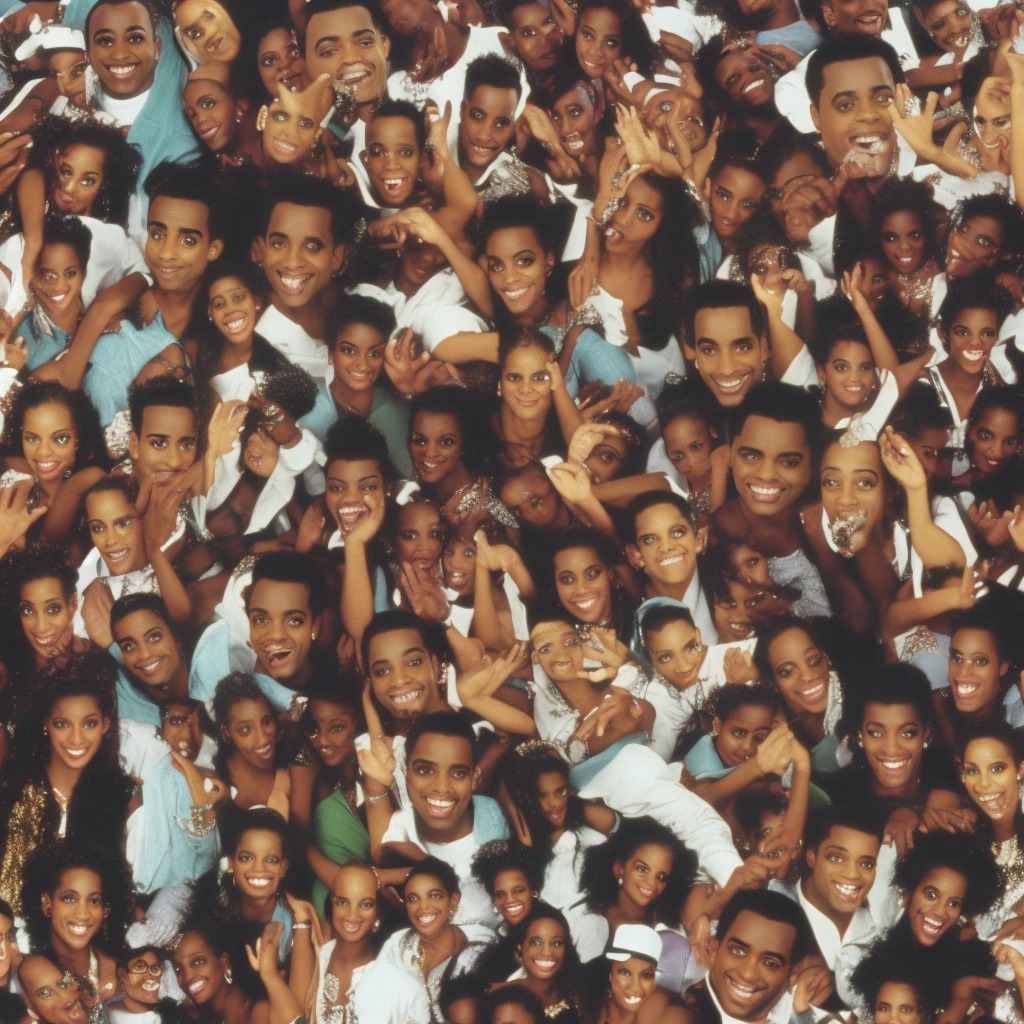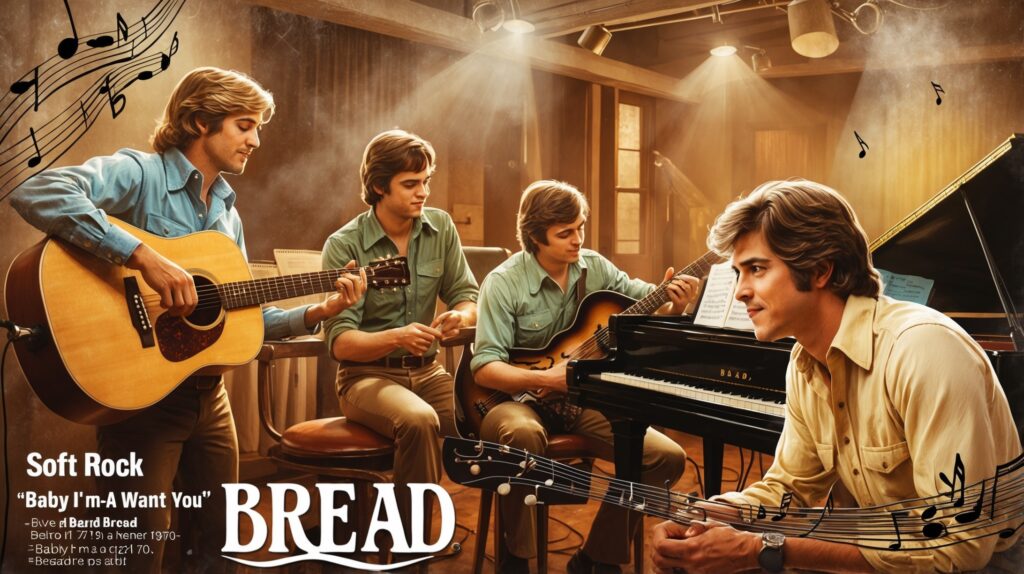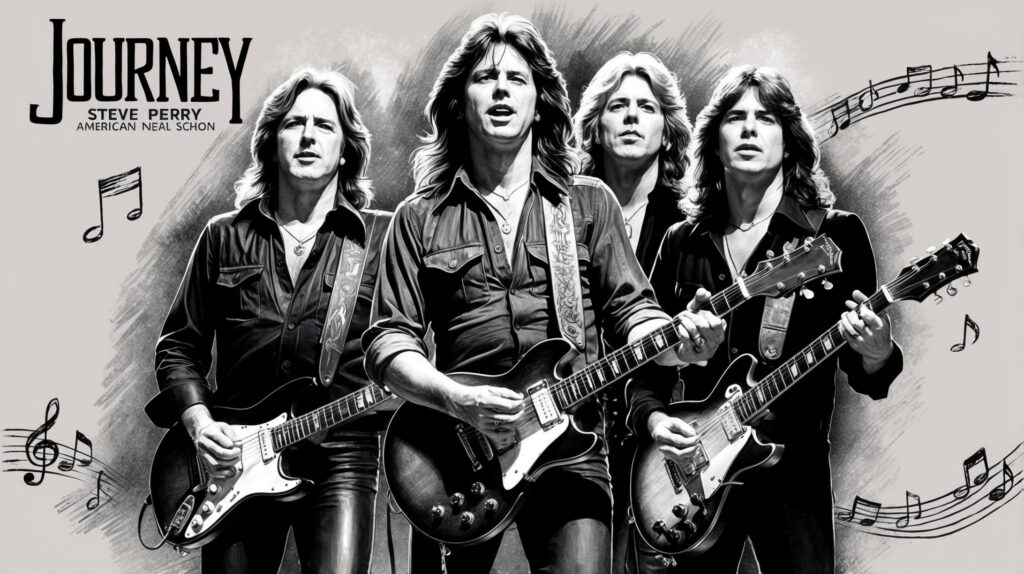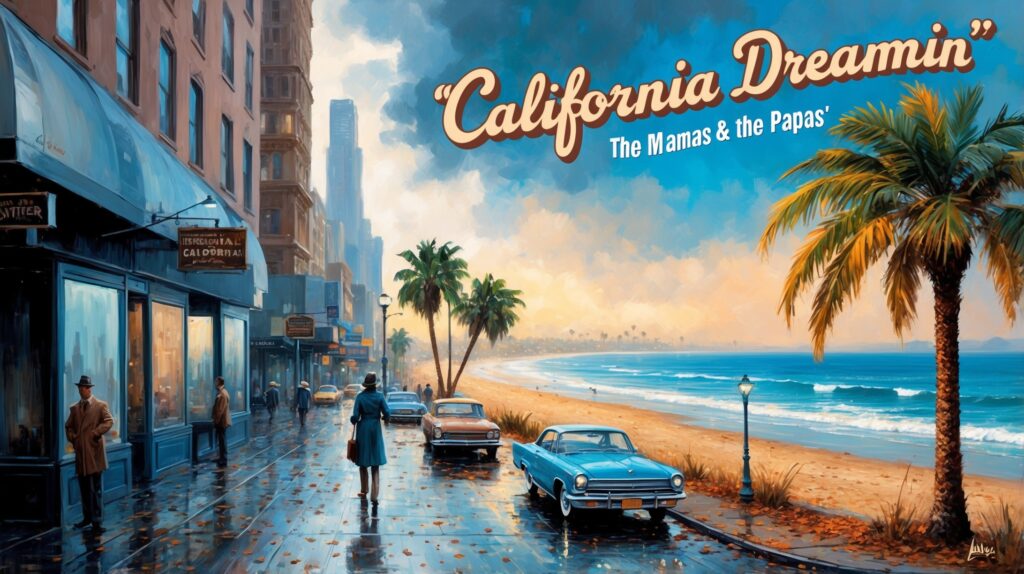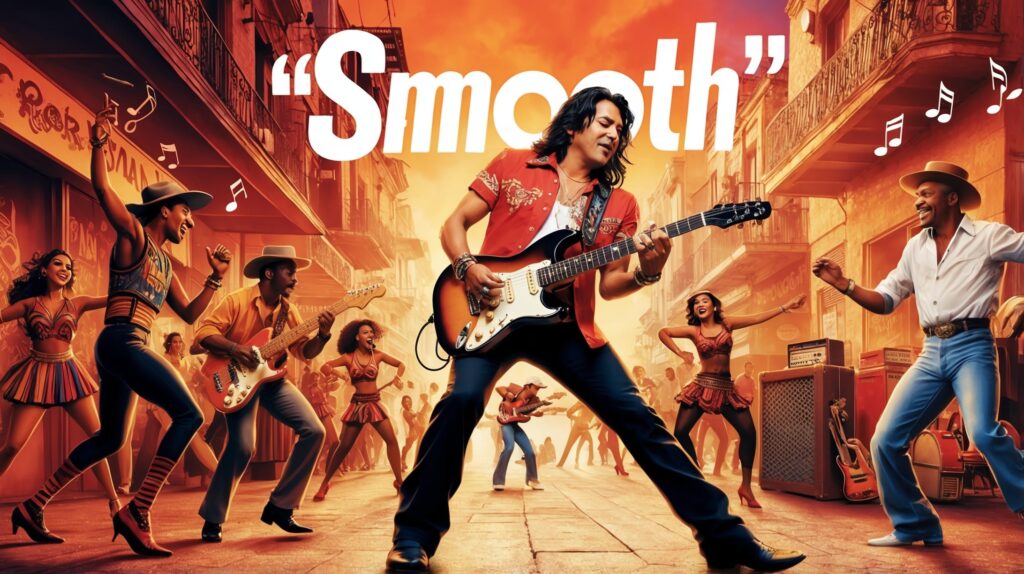🎸Did you know “Don’t Stop Believin'” was almost left off Journey’s iconic Escape album? 🤯 Still, it became their biggest hit and a karaoke classic! Keep the faith, folks!🎤✨ #Journey #DontStopBelievin #FunFact #ClassicRock Read about it: tinyurl.com/3rkwmvrr
A Timeless Anthem of Perseverance: Unraveling Journey’s Magnum Opus
“Journey’s ‘Don’t Stop Believin’: A Timeless Anthem of Perseverance – Captivating Generations & Defying Boundaries of Time and Genre!”

Few bands have made as significant an impact on the rock music scene as the iconic San Francisco-based group, Journey. Formed in 1973, Journey consists of a lineup that has evolved over the years, featuring some of the most talented musicians in the industry. The band’s signature sound is defined by the soaring vocals of Steve Perry, the driving guitar riffs of Neal Schon, and the skilled keyboard work of Jonathan Cain, Ross Valory on bass, and drummer Steve Smith. Throughout their career, Journey has received several accolades, including a star on the Hollywood Walk of Fame and an induction into the Rock and Roll Hall of Fame in 2017.
Arguably the most memorable song in the band’s repertoire is the timeless anthem, “Don’t Stop Believin’.” The song first appeared on Journey’s 1981 album, “Escape,” which also happens to be the band’s most successful studio release. “Don’t Stop Believin'” has captivated generations with its unforgettable melody and inspirational lyrics, a testament to the songwriting prowess of Perry, Schon, and Cain. The track has achieved a unique kind of immortality, touching the hearts of listeners around the world and transcending the boundaries of time and genre. It has been covered by countless artists, featured in numerous film and television soundtracks, and even served as the soundtrack for many a sporting event.
As with any long-lasting musical act, Journey has faced its share of challenges and controversies. Perhaps the most notable among these is the departure of lead singer Steve Perry in 1998 due to health issues, which led to a rotating cast of vocalists over the years. However, the band’s resilience and adaptability have allowed them to continue producing quality music and performing in sold-out venues worldwide. With current vocalist Arnel Pineda, Journey has managed to retain its signature sound and captivate audiences with their powerful live performances.
One cannot deny the cultural significance of Journey’s “Don’t Stop Believin’,” as it remains a cherished musical treasure to this day. The song serves as a powerful reminder of the importance of perseverance and holding on to one’s dreams, a message that resonates with listeners from all walks of life. Despite some turbulence in the band’s history, the legacy of Journey and their unwavering dedication to their craft is a testament to the enduring power of exceptional music that transcends generations.
Charting the Journey of a Timeless Classic
Journey’s “Don’t Stop Believin'” proves its timeless appeal, climbing charts and breaking records decades after release, thanks to unforgettable TV moments and a universally uplifting message.

“Don’t Stop Believin'” was released as a single off Journey’s 1981 album, ‘Escape’, on October 6th, 1981. The song’s initial chart performance was decent, but it was not an instant classic that shot to the top of the charts. On its first release, the song peaked at #9 on the US Billboard Hot 100, spending a total of 16 weeks on the chart. Additionally, it performed moderately well on the Canadian RPM Top Singles, where it reached #11.
What’s fascinating about “Don’t Stop Believin'” is its enduring appeal and resurgence, as it experienced a significant boost in popularity and chart success years after its initial release. In fact, one might argue that it has aged like a fine wine.
The song’s chart resurgence began in 2007, thanks to its inclusion in the final scene of the hit TV series, ‘The Sopranos’. This sparked renewed interest in the track, leading to its re-entry on the UK Singles Chart at #25. The following year, “Don’t Stop Believin'” experienced another boost when it was featured in the pilot episode of ‘Glee’, a show that broke records with its covers of popular songs. The ‘Glee’ cast’s version of “Don’t Stop Believin'” reached #2 on the UK Singles Chart and #4 on the US Billboard Hot 100, surpassing the original’s peak position in the US.
As a result of its multiple appearances in popular culture, the song has achieved great commercial success, which is well deserved for its uplifting and timeless message. In 2009, “Don’t Stop Believin'” became the top-selling catalog track in iTunes history. Then, in 2011, it was certified 6x Platinum in the United States for sales of over six million digital downloads. In the UK, it reached Platinum status in 2010, and its cumulative sales have exceeded one million.
Overall, “Don’t Stop Believin'” has cemented its place in music history through its chart performance, which is nothing short of remarkable. The song’s longevity is a testament to the power of music to remain relevant and inspiring across generations.
Unraveling the Timeless Message of Don’t Stop Believin’
Just a small-town girl
Livin’ in a lonely world
She took the midnight train goin’ anywhere
Just a city boy
Born and raised in South Detroit
He took the midnight train goin’ anywhere
A singer in a smoky room
The smell of wine and cheap perfume
For a smile, they can share the night
It goes on and on and on and on
Strangers waiting
Up and down the boulevard
Their shadows searching in the night
Streetlights, people
Livin’ just to find emotion
Hidin’ somewhere in the night
Don’t stop believin’
Hold on to that feeling
Streetlights, people
Don’t stop believin’
Hold on
Streetlights, people
Don’t stop believin’
Hold on to that feeling
Streetlights, people
In the late 1970s and early 1980s, the United States was going through a period of economic uncertainty with high inflation rates, unemployment, and an energy crisis. It was in this context that Journey’s iconic song “Don’t Stop Believin'” was written, with lyrics that would soon resonate with listeners from all walks of life.
The lyrics of the song paint a vivid picture of two individuals, a small-town girl and a city boy, who take a leap of faith by boarding a midnight train to an unknown destination. This sense of uncertainty and adventure captures the spirit of the time, as people were searching for their own paths and a better life during those tumultuous years.
Furthermore, the song’s chorus of “Don’t stop believin’, hold on to that feeling” serves as an anthem of hope and perseverance for its listeners. Amid the chaos and confusion of the era, Journey’s message urged people to keep believing in themselves and their dreams, despite the challenges they faced. This powerful sentiment resonated with many individuals who were trying to make ends meet, find love, or simply find their way in the world.
The song’s description of “strangers waiting, up and down the boulevard, their shadows searching in the night” is a metaphor for the many people who were seeking solace and connection during this time. They were “living just to find emotion,” trying to feel alive and find a sense of purpose in the darkness. With its inspiring lyrics and catchy melody, “Don’t Stop Believin'” became a rallying cry for people to hold onto hope and never give up, a message that remains relevant and timeless even today.
A Journey Through the Visuals: “Don’t Stop Believin'”
Dive into the fan-driven visual world of Journey’s timeless anthem, “Don’t Stop Believin'”, as the song perseveres through fan-made videos, TV performances, and live concert clips, defying the need for an official music video.
Though “Don’t Stop Believin'” by Journey never had an official music video, the song’s immense popularity has spawned a multitude of fan-made videos and tributes on platforms like YouTube. This iconic song, with its memorable melody and inspiring lyrics, has been etched in pop culture, making the absence of an official video only a minor setback for fans.
Many fan-made music videos for “Don’t Stop Believin'” can be found on YouTube, some of which have garnered millions of views. These amateur creations range from basic lyric videos, where fans can sing along with the song, to full-blown productions with storylines and professional editing. It’s evident that Journey’s message of hope and perseverance has resonated with fans, who have taken the initiative to create their own visual interpretations of the hit song.
In addition to fan-made music videos, “Don’t Stop Believin'” has been used and covered in various television shows and films, most notably in the pilot episode of the popular TV series Glee. The show featured a stunning performance of the song by the cast, which led to a resurgence of its popularity in 2009. This cover not only introduced the song to a new generation but added a modern touch with its own unique, high-energy choreography.
Moreover, some videos focus on the band’s live performances of “Don’t Stop Believin'”, showcasing the energy and charisma of Journey’s legendary frontman, Steve Perry. Clips from their concerts during the 1980s, when the song was first released, transport viewers back in time to experience the excitement first-hand. These live performance videos remind us of the timeless appeal of Journey and the powerful emotions evoked by “Don’t Stop Believin'”.
Despite the lack of an official music video, “Don’t Stop Believin'” remains a cherished song in popular culture. The creativity of fans, who have filled the void with their own visual interpretations, is a testament to the song’s lasting impact. As a music blogger, it’s fascinating to see how “Don’t Stop Believin'” continues to inspire generations of listeners with its uplifting message and unforgettable melody.
The Composer Behind Journey’s Timeless Classic
When discussing the genius behind “Don’t Stop Believin’,” it’s impossible not to mention Jonathan Cain, the composer responsible for infusing the song with its undeniable power and resonance. Cain, who joined Journey in 1980, played an instrumental role in defining the band’s sound and catapulting them to superstardom. Apart from “Don’t Stop Believin’,” Cain is also credited with co-writing other notable Journey hits such as “Open Arms,” “Faithfully,” and “Who’s Crying Now.” These tracks are just a few shining examples of the brilliance that Jonathan Cain has brought to Journey’s music, showcasing his unparalleled ability to convey emotion and captivate listeners through his compositions.
The Legacy Continues
“Don’t Stop Believin'”: A timeless anthem transcending generations, conquering popular culture, and breathing new life through diverse, contemporary renditions.
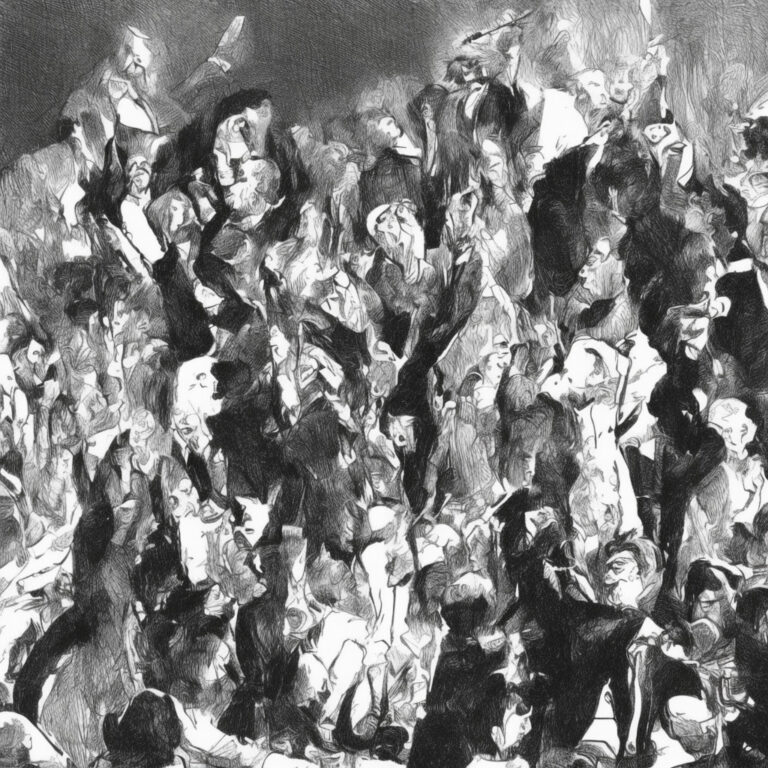
“Don’t Stop Believin'” remains one of the most iconic songs of all time, spanning generations and delighting fans around the world. The song’s timeless appeal has earned it numerous awards and accolades over the years. It was inducted into the GRAMMY Hall of Fame in 2009, recognizing its cultural and historical significance. Additionally, it reached the prestigious Diamond certification from the RIAA, boasting over 10 million sales and streams in the United States alone.
Apart from its commercial success, the song has made its mark on popular culture through various appearances in movies, television shows, and even video games. One of its most notable placements was in the 2007 finale of the hit HBO series “The Sopranos,” where the song played out the final scene. The song also made its presence known in the world of cinema, featuring in movies like “Rock of Ages” (2012), “Monster” (2003), and “Bedtime Stories” (2008).
“Don’t Stop Believin'” has transcended the realm of television and movies, making its way into the world of video games. The song is a popular choice for karaoke video games such as “Rock Band” and “Karaoke Revolution,” and featured in “Guitar Hero: World Tour” and “Glee: The Music, Volume 1” video games, further solidifying its status as a beloved anthem.
Cover versions of the song are a testament to its enduring popularity. From emerging artists to established stars, many talented musicians have put their own spin on this classic rock anthem. Some notable covers include the rendition by the cast of “Glee” in 2009, which charted in the top 10 of the Billboard Hot 100 and fueled the song’s resurgence in pop culture. Additionally, international sensations like British pop group Northern Kings and Swedish metal band Pain of Salvation have also offered their unique takes on the song, bringing it to new audiences and showcasing its versatility.
In summary, the impact of “Don’t Stop Believin'” on the music industry and popular culture can’t be overstated. From prestigious awards to its continued presence in various forms of media and inspiring artists to create their own renditions, the legacy of this iconic song shows no signs of stopping.
Diving into the Musical Structure
“Don’t Stop Believin'” is a musical masterpiece, with many intricacies that contribute to its timeless charm. At its core, the song is written in the key of E major, which gives it a bright and uplifting tonality. The tempo is set at a steady 118 beats per minute (BPM), providing a moderate pace that’s perfect for both dancing and singing along.
The song begins with an iconic piano riff that uses sustained chords, creating an air of anticipation. The chords used in the intro are B, G#m, A, F#m, and E/G#. As the intro progresses, the bass guitar joins in with a syncopated rhythm that adds depth and energy to the song’s foundation.
As we move into the verse, the chord progression shifts to C#m, A, E, and B, providing a sense of movement and contrast. The verse is built on a 4/4 time signature, which is common in pop and rock music, giving the song a familiar and accessible feel. The melody in the verse is mostly diatonic, meaning it stays within the E major scale, which contributes to the song’s catchy and memorable nature.
The pre-chorus introduces a new chord progression, A, E, A, and C#m, adding a touch of tension before the triumphant chorus. The chorus itself is characterized by its strong and anthemic melody, with the chords E, B, C#m, and A providing a powerful and uplifting harmony. The chorus is also the section where the song’s title and main message, “Don’t Stop Believin'”, makes its debut, driving home the theme of perseverance and hope.
Throughout the song, the use of various instruments such as electric guitars, keyboards, and drums adds layers of complexity and texture to the overall sound. The guitar solo, in particular, stands out as a memorable and expressive moment, showcasing the band’s musicianship and skill.
One fascinating aspect of “Don’t Stop Believin'” is its unconventional song structure. Unlike many popular songs that follow a verse-chorus-verse-chorus-bridge-chorus format, Journey’s hit deviates from this norm. The first chorus doesn’t appear until more than halfway through the track, while the song concludes with an extended instrumental outro. This unique structure contributes to the song’s distinctiveness and enduring appeal.
Overall, “Don’t Stop Believin'” is a masterclass in songwriting, blending accessible melodies with intricate musical elements that continue to captivate listeners to this day. Its blend of memorable hooks, dynamic instrumentals, and heartfelt message make it a true classic in the world of rock and pop music.


